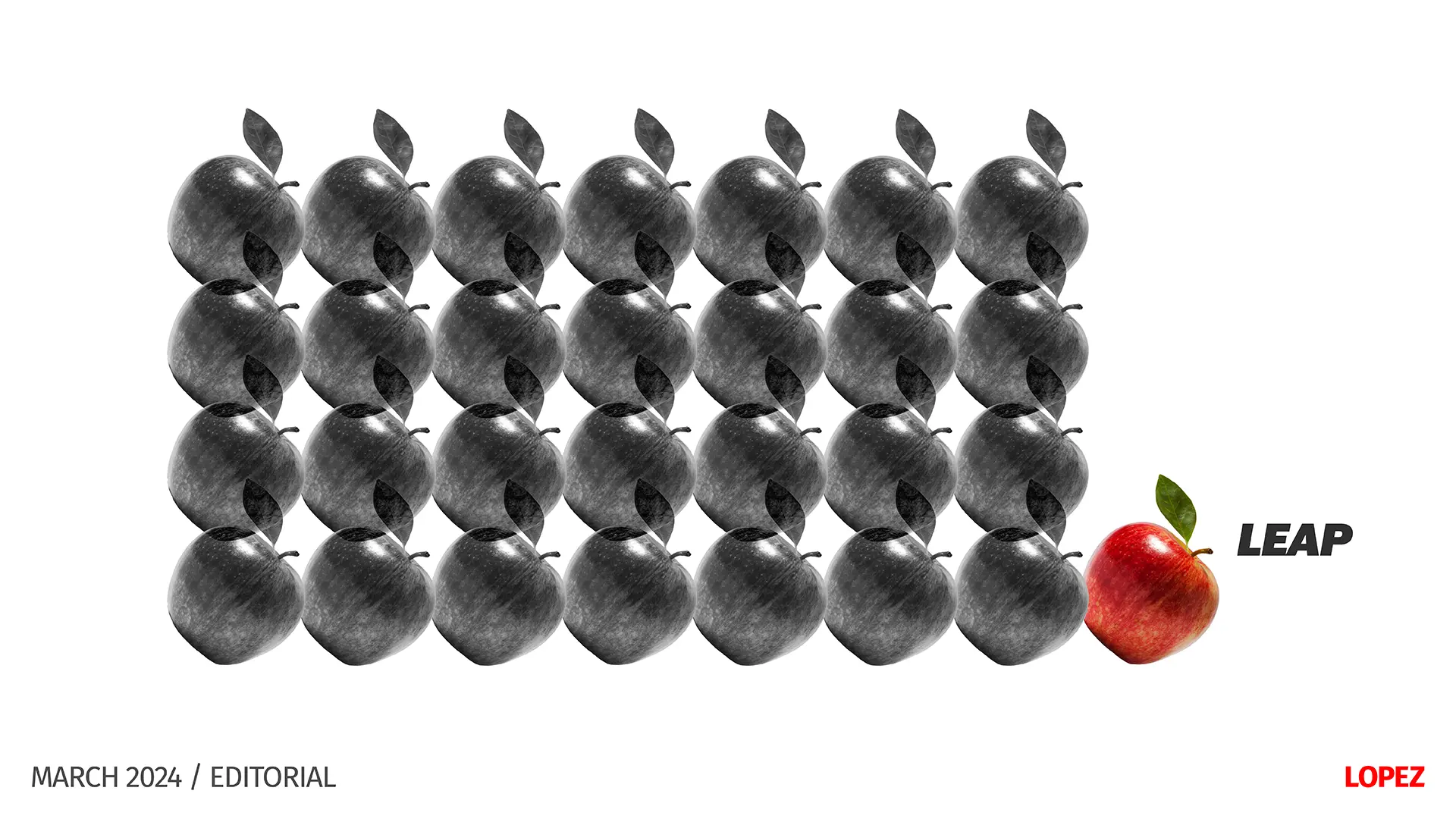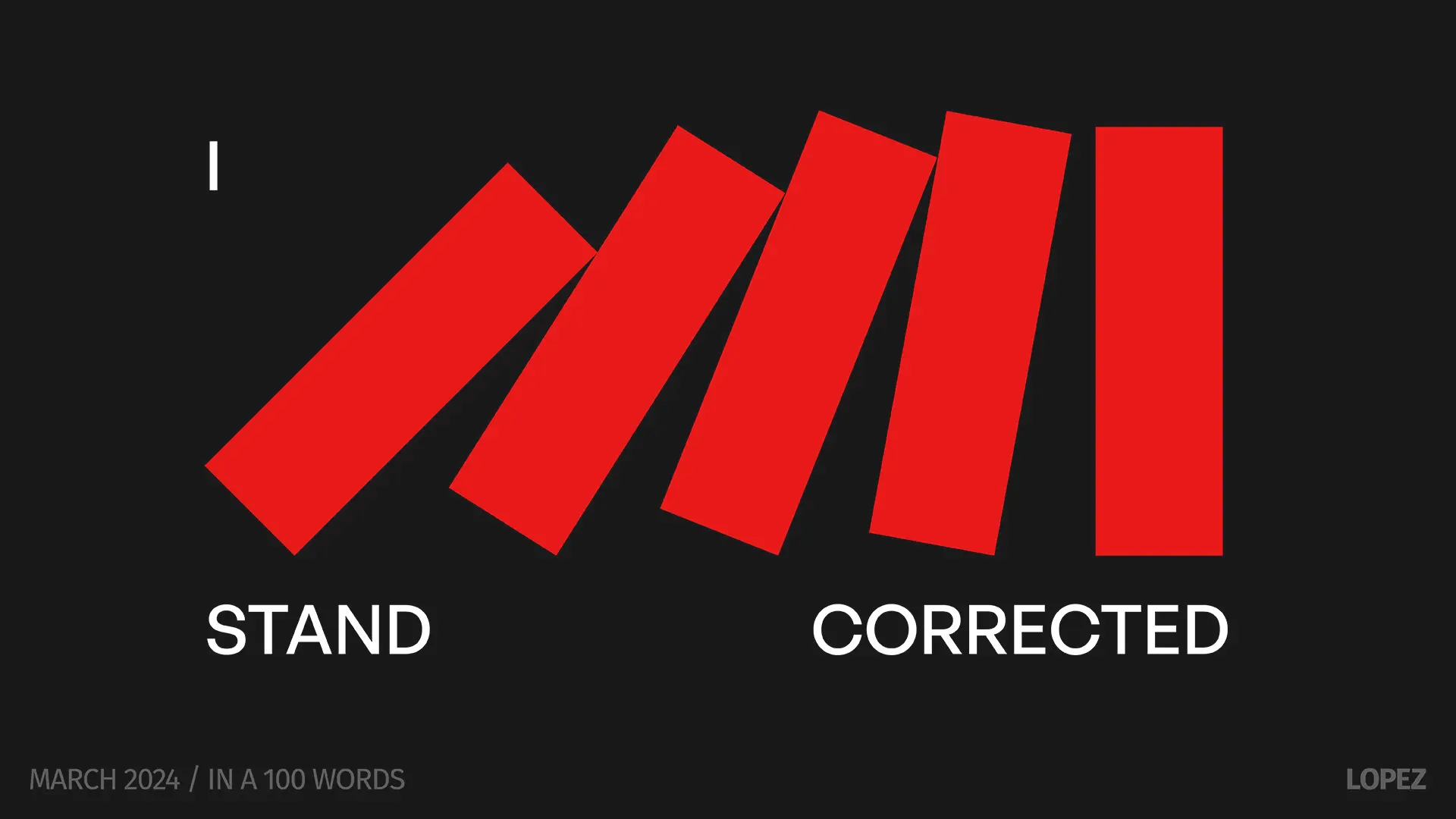Seven Storytelling Principles for Branding

By Sujatha Shankar Kumar
Storytelling isn't outdated despite the dominance of 'narratives' in news and communication trends. A simple clue in a crossword ‘where the three bears found Goldilocks’ (answer: bed) triggers childhood memories of Goldilocks and the three bears walking in the woods, demonstrating the lasting power of storytelling. The human mind creates patterns that are enmeshed with our beliefs and value systems, making deep impressions. Brands leverage this by tapping into collective consciousness, crafting narratives that resonate with our deepest desires.
Here are our seven core principles for effective brand storytelling:
1. Creating compelling experiences is essential for recall
Driving down California's 17 Mile Drive on a sunny day leaves a lasting memory far beyond a map with must-see locations (Pebble Beach, Lone Pine Tree). Great brand narratives ensure such experiences which we wish to revisit and preserve.
India's freedom struggle was fueled by branding, with Gandhi crafting a narrative of self-rule (Swaraj) using symbols like the Charkha, which became national symbols synonymous with freedom. He made every Indian feel like a protagonist in the nation's story. Today, leaders like Narendra Modi continue to emotionally engage citizens, showing that symbolic gestures, imagination and delivery are key to effective branding.
2. Create strong associations and encourage your audience to imagine
Encouraging audience imagination is vital in brand storytelling. Brands like Nike and Apple, with slogans like "Just do it" and "Imagine," prompt audiences to weave their own narratives around the brand. Leaving room for imagination is more effective than providing all the details upfront. For example, the Colors by Kohler advertisement depicts a young woman envisioning peacocks walking across a hotel lobby — they are air hostesses, actually. The clip ends with the woman at a swanky blue bathroom sink. By introducing fantasy, the story suggests that Kohler's new color palette enhances experiences and lends an imaginative flair to your living spaces.
3. Embracing surprise and offering an escape is essential
As the saying goes, ‘Ask a boatman for a story and he will tell you none, but ride with him and you’ll get many tales’. We all cherish encounters with talkative cab drivers or auto wallahs, regaling us with their stories from Connaught Place to Gulmohar Park. Stories serve as a respite from life's monotony, whisking us away to happier realms. Associating ‘escapes’ with the brand makes it more appealing. Our branding for Synapse, a technology conference in New Delhi, intertwined AI with life forms, offering fresh perspectives that transport audiences beyond their everyday lives.
4. Engage and involve without imposing, empowering audience participation
Stories present ideas without dictating them as facts, offering viewers the freedom to interpret. The idea of choice makes the brand more empathetic to the customer. Our branding for Ayushman Bharat allowed every regional HWC to tell their own story by providing fixed graphic templates in which they could insert variable patterns. We were pleasantly surprised to get highly cohesive renditions with tremendous creativity across the nation. Even though we had no control over 1.5 lakh centers, we achieved ‘unity in diversity’.
5. Craft narratives that unfold over time, whether real or imagined
Unlike static communications, stories evolve, mirroring the dynamic nature of media messaging like Instagram's array of options: Story, Reel and Post. Dynamic branding, such as the identity we crafted for Synapse, engages viewers in a narrative. In retail, experiences extend beyond transactions; for example, Swiggy immerses customers, making you an actor as well in the delivery journey, fostering satisfaction and anticipation even before the meal begins. Like a story, Swiggy ensures there is a clear beginning, middle and end.
6. Create a sense of anticipation
When our team at Lopez designed the Ending Violence in Childhood, Global Report of 2017 for Know Violence in Childhood on child safety, we commissioned artist Sarah Naqvi to illustrate a knitted sweater to represent the protective space of childhood. The illustrations unraveled across several pages making us wonder — what will happen next? Good brand narratives involve users by making them look forward.
7. Create safe spaces and offer rewards
Guess what? Storytelling traditions are rooted in bedtime tales and a wise elder sharing fables and morals. Stories serve as protective shields, giving humans a comfort space. Brands echo this sentiment by designing experiential systems that alleviate customer anxieties, a practice embraced by successful brand journeys like Amazon’s and Uber’s. With Uber, concerns about routes or fares are mitigated, while Amazon ensures peace of mind with package tracking. HUFT, which has won Brand of the Year for four consecutive years in the World Branding Awards, shows its “pawsome love” to pet parents at every stage of buying their product online to getting a delivery. With thoughtful and consistent messaging, additional discounts, reward points as well as gifts thrown in, HUFT ensures customer loyalty.
Storytelling in branding opens up creativity and participation. By integrating the brand story seamlessly into daily life, brands enrich their customers' narratives with intangible value.
More Articles
Related Projects
A Walk along Kartavya Path
WAYFINDING STRATEGY + SIGNAGE SYSTEM + TECHNICAL DETAILING + SUPERVISION & QC + TYPEFACE CUSTOMIZATION
Synapse
BRAND IDENTITY + VISUAL SYSTEM + UX & UI
Join our mailing list
Receive our periodic newsletter on Branding, Experience, and Design thinking.
More Articles
LEAP
I Stand Corrected
Follow us on
Insights
Follow Us
© 2025 Lopez Design Pvt. Ltd. All rights reserved



